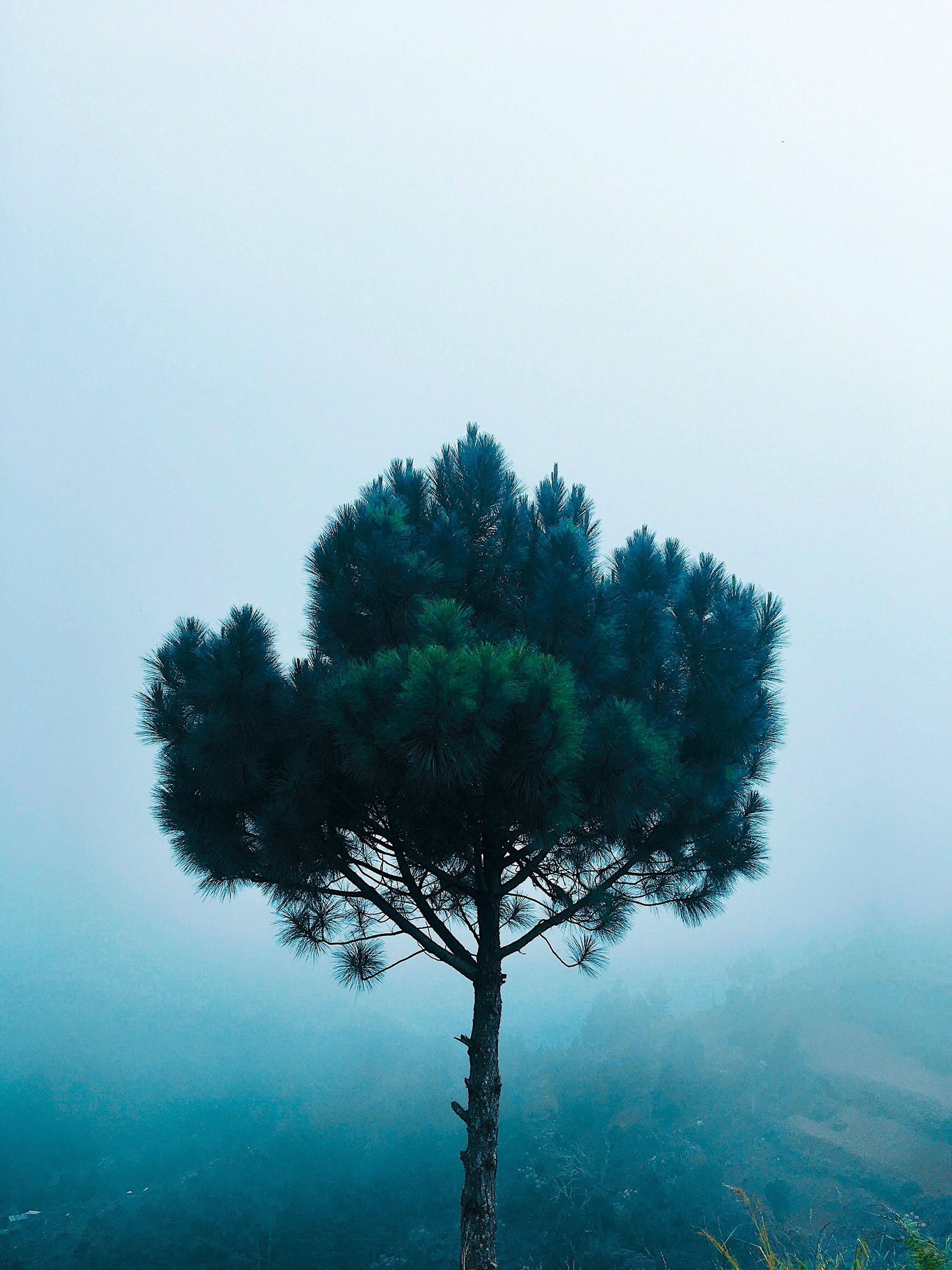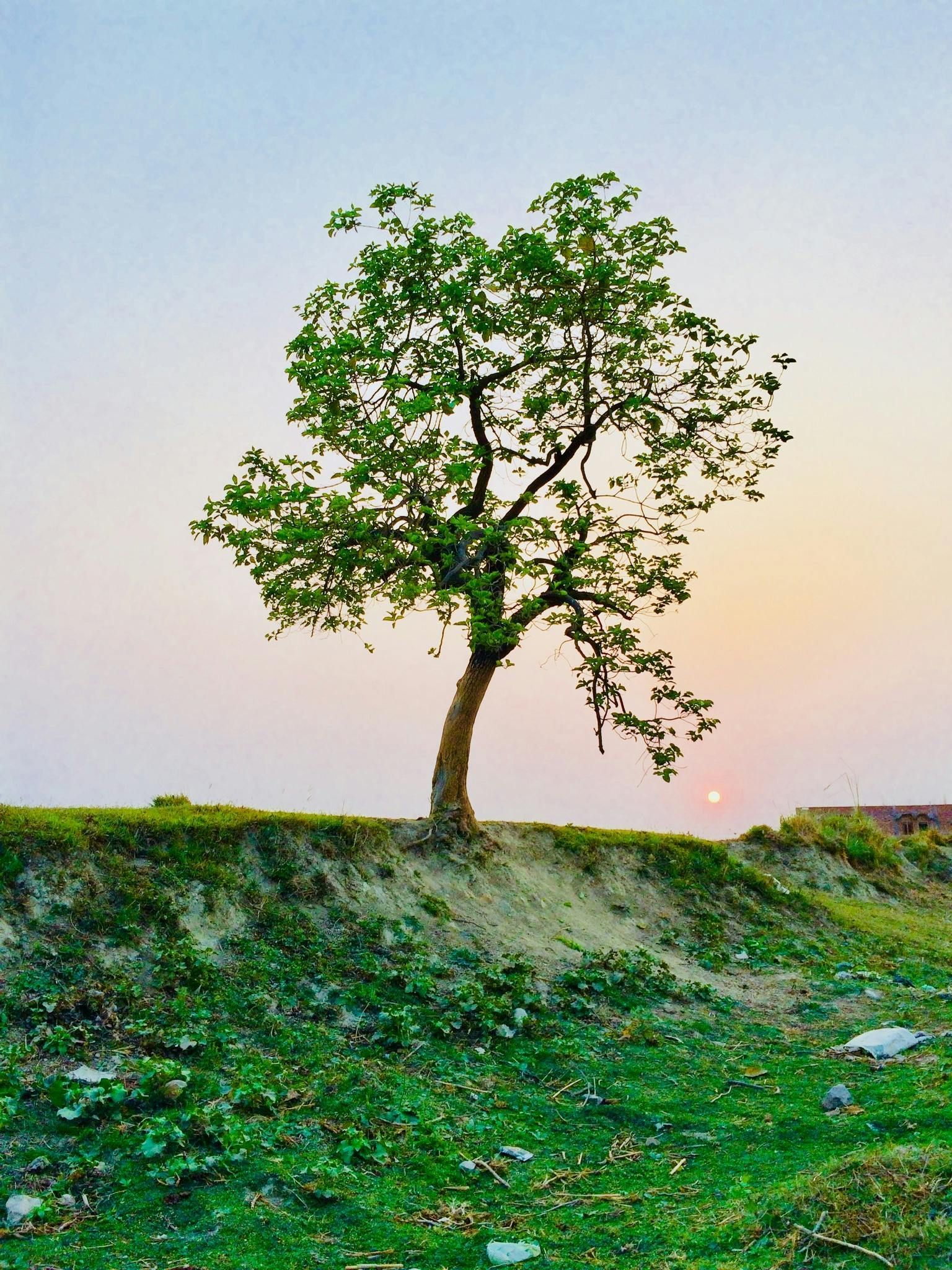The Biggest Mistakes Homeowners Make When Trimming Their Trees
Maintaining trees in a way that allows property to be protected is something most homeowners value and do on their own from time to time. Consistent trimming and pruning will allow the tree to live longer by preventing disease caused from dead tree limbs. Continuing to trim improperly will harm the tree more than it will benefit it. This post will go over some of the biggest tree care no-no's that are seen all too often throughout the world.
Slicing Through the Branch Collar
It is important to outline what the branch collar is before diving into the details. The branch collar is the closest part of the branch that shares itself with the base of the tree. It is composed of vascular tissue which will release sap if it is cut into. The wound caused by it will take a long time to heal and can lead to infection throughout the tree. The reason this mistake occurs so often is because people who try to cut the limbs themselves will often try to cut limb so that it is flush with the trunk of the tree. Doing so will remove or damage the branch collar, causing complications. The best way to trim a tree limb is to leave the branch collar unaltered by leaving at least a one inch nub from the branch and the base of the tree.
Transferring Disease
Like their human counterparts, trees can receive transferable diseases through various forms of bacteria and fungal spores. The most common vehicle that these spores travel on is through un-sanitized sheers used on other trees. A simple method that goes a long way in tree health is to simply disinfect shears between trees. This will kill any unwanted parasites on the blades and keep the disease from transferring.
On a side note, keeping the foot of the tree clear of any fallen branches, foliage, or debris will also ensure that disease can harbor near the root system. When trimming a tree, make sure that the pile of removed limbs are kept away from the root system or completely disposed of.
Using Unsharpened Shears
Hacking a tree with aged or dull scissors can cause complications down the line for the branch collar. Having to cut multiple times on a branch will take longer for the tree to heal. These serrated wounds will open up an entry point for rot and disease to enter into. If trimming your own trees, invent in a set of lopping shears that sharp enough to chop through branches with ease. Getting old shears sharpened is another option as well.
Cutting the Wrong Tree Branch
Cutting away to many branches can cause the base to weaken overtime and disform as a result of over-pruning. As a rule of thumb, analyze the tree in question and remove dead or decaying branches before moving onto any other limbs. Branches that form a V-shaped angle are candidates for removal after the dead limbs are removed. From this point, it is important to assess the status of the tree and decide whether or not to continue cutting. If needed, remove smaller branches first before chopping off larger limbs.
Trimming at an Improper Time or Season
Certain species of trees are best to be left alone as certain times of the year. The bleeding sap from an exposed limb can attract petulant insects which can then spread disease throughout the tree or take it to other trees. This can also cause the bloom of fruit or foliage to be impeded or stopped completely. Late winter is often the best time for trimming for trees to do not bloom. For those that do bloom, it is best practice to wait until the tree has stopped blooming to prune. Throughout the year, dead limbs can be removed whenever they might occur.
If you have any questions about taking care of trees the right way, make sure to call our licensed arborist for all of your tree care questions. We have the proper knowledge of Colorado native trees and can consult and advice in tree care practices.



